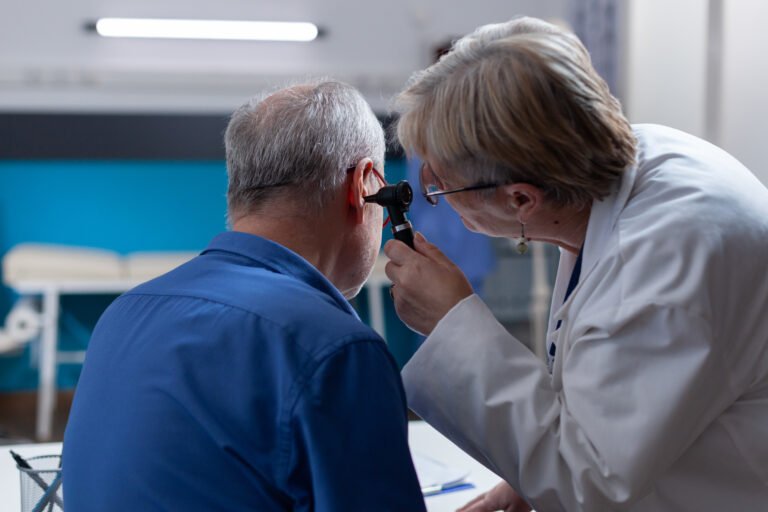Delving into the Precision and Innovations of Micro Ear Surgery.
In the realm of medical advancements, micro ear surgery stands as a testament to precision and innovation, offering transformative solutions for a variety of ear-related conditions. This specialized field has witnessed remarkable progress, harnessing cutting-edge technologies and surgical techniques to address intricate issues within the delicate structures of the ear. In this article, we embark on a journey to explore the world of micro ear surgery, delving into its precision, innovations, and the profound impact it has on improving auditory health.
To Know More About It Please Click Here
The Evolution of Micro Ear Surgery
Micro ear surgery, also known as otologic surgery, has evolved significantly over the years. Originally introduced to address hearing loss and chronic ear diseases, it has expanded to encompass a broad spectrum of conditions, including congenital abnormalities, tumors, and disorders affecting the middle and inner ear.
- Precision Instrumentation: At the heart of micro ear surgery lies a range of specialized instruments designed for precision. Microscopes and endoscopes equipped with advanced optics allow surgeons to navigate the intricate structures of the ear with unparalleled clarity and accuracy.
- Minimally Invasive Techniques: Micro ear surgery often adopts minimally invasive techniques, minimizing trauma to surrounding tissues and reducing recovery times. This approach has revolutionized the field, enabling surgeons to perform intricate procedures with enhanced precision and patient outcomes.
Innovations in Micro Ear Surgery
- Cochlear Implants: One of the groundbreaking innovations in micro ear surgery is the development of cochlear implants. These electronic devices are surgically implanted to restore hearing in individuals with severe hearing loss or deafness by directly stimulating the auditory nerve.
- Ossicular Chain Reconstruction: Micro ear surgery plays a pivotal role in reconstructing the ossicular chain, a delicate system of tiny bones in the middle ear crucial for sound transmission. Innovations in prosthetic materials and surgical techniques have vastly improved outcomes for patients with conductive hearing loss.
- Treatment of Inner Ear Disorders: Advances in micro ear surgery have expanded treatment options for inner ear disorders, including Meniere’s disease. Surgical interventions aim to alleviate symptoms such as vertigo, hearing loss, and tinnitus, enhancing the overall quality of life for affected individuals.
The Precision of Micro Ear Surgery
- High-Resolution Imaging: Modern imaging technologies, such as high-resolution computed tomography (CT) scans and magnetic resonance imaging (MRI), provide detailed preoperative assessments, allowing surgeons to plan procedures with precision and accuracy.
- Intraoperative Monitoring: During surgery, real-time monitoring techniques, such as intraoperative neural response telemetry, enable surgeons to assess and preserve auditory nerve function, ensuring the best possible outcomes for patients.
- Computer-Assisted Navigation: Computer-assisted navigation systems guide surgeons through the intricate anatomy of the ear, enhancing the precision of procedures. These technologies contribute to reduced surgical risks and improved postoperative results.
The Impact on Auditory Health
Micro ear surgery has had a profound impact on auditory health, offering patients new possibilities for treatment and restoration of hearing. From addressing congenital abnormalities in children to providing solutions for age-related hearing loss in adults, the precision and innovations in this field continue to shape the landscape of otologic care.
To Know More About It Please Click Here
Conclusion
The precision and innovations in micro ear surgery exemplify the remarkable progress made in the field of otology. As technology continues to advance and surgical techniques evolve, the impact of micro ear surgery on auditory health is set to grow, bringing hope and improved outcomes to individuals facing a diverse range of ear-related challenges. This specialized field stands as a beacon of medical progress, demonstrating the extraordinary possibilities that arise when precision and innovation converge in the pursuit of better hearing and enhanced quality of life.








